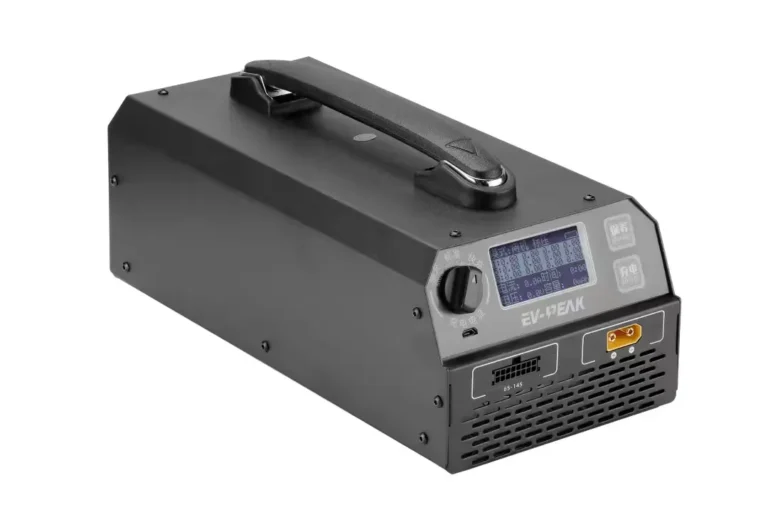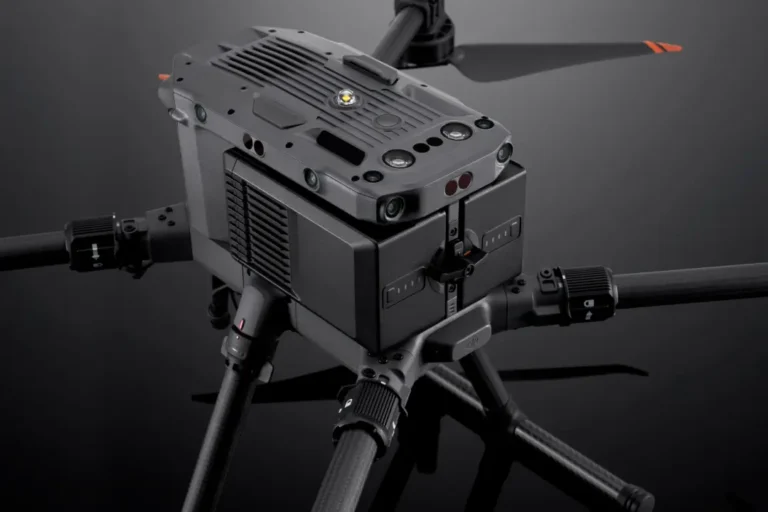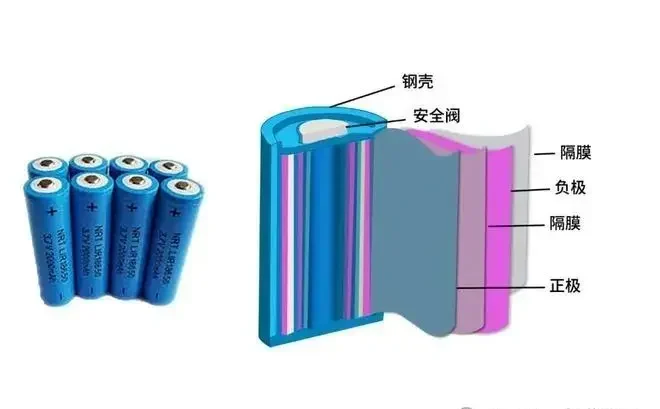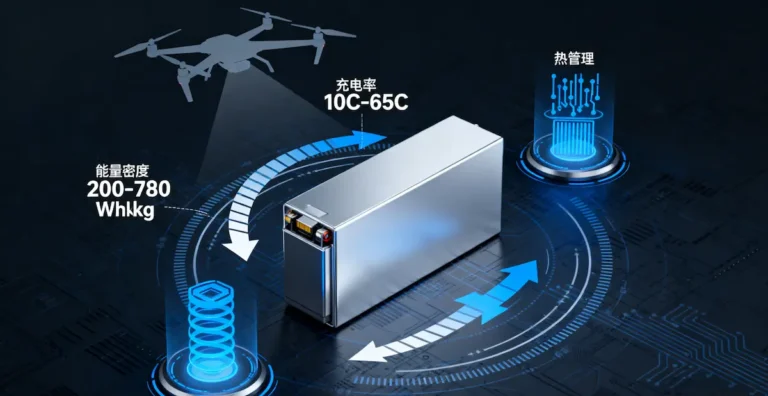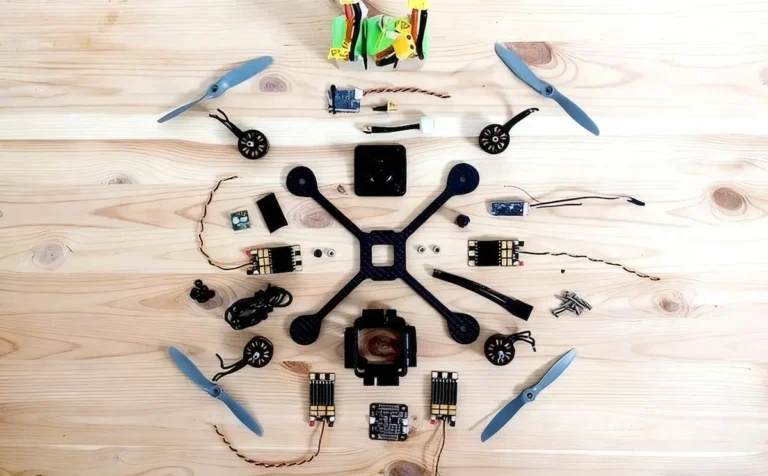Drone Battery Storage and Maintenance Guide
As lithium battery engineers, we frequently encounter cases of battery damage caused by improper long-term storage. Data shows that 90% of failures in long-idle drones are directly linked to inadequate battery maintenance.Mastering scientific drone battery storage and maintenance methods not only prevents issues like swelling and deep discharge but also extends battery lifespan by over two years.
Drone batteries utilize lithium-ion cells, whose chemical properties make them highly sensitive to storage conditions. Storing at full charge (capacity >80%) keeps cells under sustained high voltage, potentially causing swelling within about 3 months. Conversely, storing at low charge (capacity <20%) may induce deep discharge, leading to permanent damage.
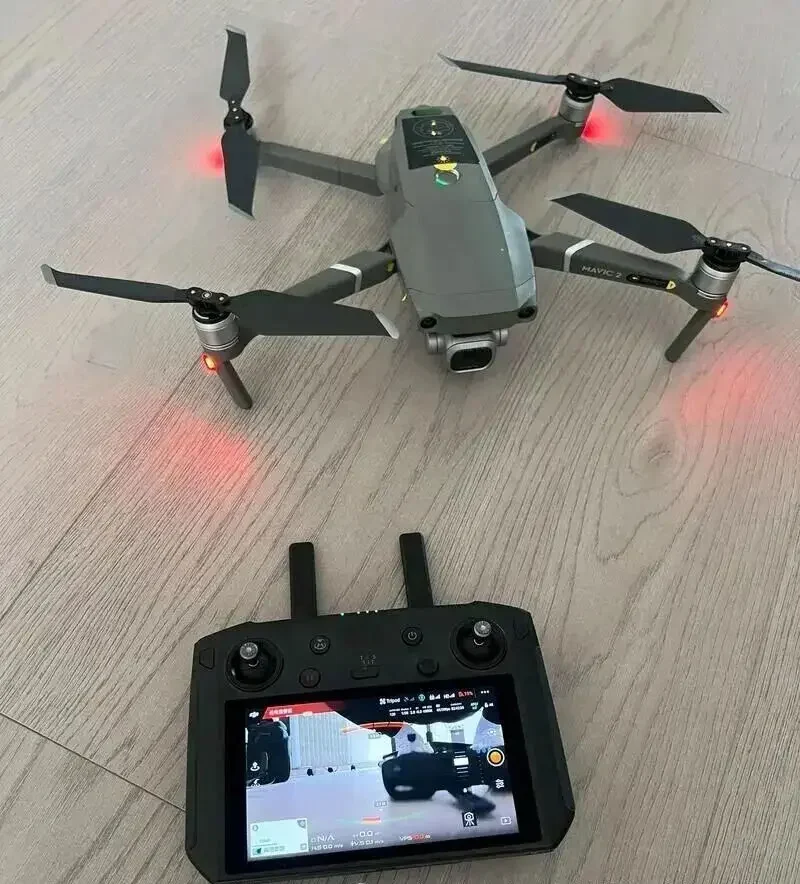
I. Precise Charge Level Control Before Storage
Golden Charge Range Setting
For long-term storage, battery charge must be precisely maintained between 50% and 60%. This constitutes the “safe storage range” for lithium batteries. This charge level prevents cell discharge while avoiding high-voltage conditions.
Specific Steps:
- 1. Install the battery in the drone and check the current charge level via the app.
- 2. If the charge level exceeds 60%, use drone idle mode or low-altitude hovering to discharge it to the target range.
- 3. If the charge level is below 50%, charge it using the original charger until it reaches 50%-60%, then stop immediately.
Technical Principle of Charge Level Regulation
At full charge, the positive electrode material in lithium batteries operates at a high potential, accelerating the oxidation and decomposition of the electrolyte. At low charge levels, the copper current collector in the negative electrode may dissolve, causing permanent battery damage. A charge level of 50%-60% corresponds to a cell voltage of approximately 3.8V, representing the thermodynamically most stable state.
II. Professional Storage Environment Configuration
Storage Container Selection
Dedicated battery storage cases must be used. Their internal design features fixed slots that effectively prevent battery collisions and short circuits. Avoid using non-breathable packaging such as plastic bags, as these materials can trap moisture and accelerate terminal corrosion.
High-quality storage cases should feature:
- Fire-retardant construction
- Individual battery compartments
- Effective ventilation design
- Shock-absorbing cushioning
Environmental Parameter Control
Storage environments must meet three core conditions:
- Temperature Control: Optimal storage temperature ranges from 10-25°C. Avoid placement on balconies, windowsills, or areas exposed to direct sunlight. Elevated temperatures accelerate battery degradation—a 10°C increase doubles the aging rate.
- Humidity Management: Place silica gel desiccant inside the storage box to maintain dry conditions. This is especially critical in humid southern regions, as moisture corrodes battery contacts and increases contact resistance.
- Safety Isolation: Batteries must be stored individually, away from metal objects (keys, coins, etc.) and heat-generating devices (chargers, routers, etc.) to prevent short circuits and thermal effects.
III. Periodic Maintenance for Long-Term Storage
Regular Inspection Protocol
For batteries stored for over 3 months, establish a monthly inspection routine:
Each month, remove the battery and power it on to check remaining charge. Lithium batteries experience self-discharge, typically at a rate of 5%-10% per month. If charge falls below 50%, recharge using the original charger to restore it to 50%-60%.
Health Status Assessment
Conduct visual inspections during each check:
- Check for any swelling in the battery
- Inspect connectors for signs of corrosion
- Examine the casing for damage
Immediately discontinue use of any swollen battery. Swelling indicates internal gas buildup, posing a safety risk if continued use occurs.
IV. Common Misconceptions and Risk Mitigation
Storage Misconceptions Explained
Misconception 1: Leaving Batteries Inside the Drone Body
Leaving batteries inside the drone after flight is a common mistake. When fully charged, poor heat dissipation within the drone body prevents effective cooling, inevitably causing swelling within three months.
Misconception 2: Using Non-Original Chargers
During storage, only use the original charger for topping up. Third-party chargers may deliver unstable current, potentially damaging battery cells. Though charging is slower, it ensures greater safety.
Misconception 3: Continuing to Use Swollen Batteries
Some users mistakenly believe minor swelling doesn’t affect performance—this is dangerous. Swollen batteries risk leakage, potentially causing sudden power loss during flight and leading to crashes.
Professional Storage Recommendations
Maintain a battery storage log documenting each unit’s:
- – Initial storage date
- – Starting charge level
- – Inspection records
- – Health status changes
For high-value industrial-grade drone batteries, consider investing in a temperature- and humidity-controlled storage cabinet to provide optimal preservation conditions.
V. Technical Monitoring During Storage
Key Voltage Monitoring Points
Regularly monitor battery voltage using professional equipment to ensure each cell maintains a voltage between 3.7-3.9V. Voltage differences between cells should not exceed 0.1V; significant variations indicate the need for equalization maintenance.
Tracking Internal Resistance Changes
Internal resistance is a critical health indicator. New batteries typically exhibit resistance below 10mΩ. An increase of 25% indicates the battery has entered the aging phase, necessitating downgraded use or replacement.
Capacity Degradation Warning
Regularly test battery capacity through full charge-discharge cycles. When capacity drops below 80% of its initial value, the battery is no longer suitable for critical tasks and should be replaced.
Scientific battery storage management is key to extending the lifespan of drone batteries. By implementing precise charge level control, maintaining a professional storage environment, and conducting regular maintenance checks, 90% of battery failures can be effectively prevented.
Critical measures include: adjusting the charge level to 50%-60% before storage, using dedicated storage cases, maintaining appropriate temperature and humidity levels, and establishing a regular inspection schedule. These measures may seem simple, but they are crucial for preserving battery health.
Users are advised to maintain comprehensive battery management records to track each cell’s condition. Replace batteries immediately if swelling occurs, capacity drops significantly, or internal resistance increases noticeably. Proper storage habits not only extend battery life but also ensure flight safety—a fundamental skill every drone operator should master.


